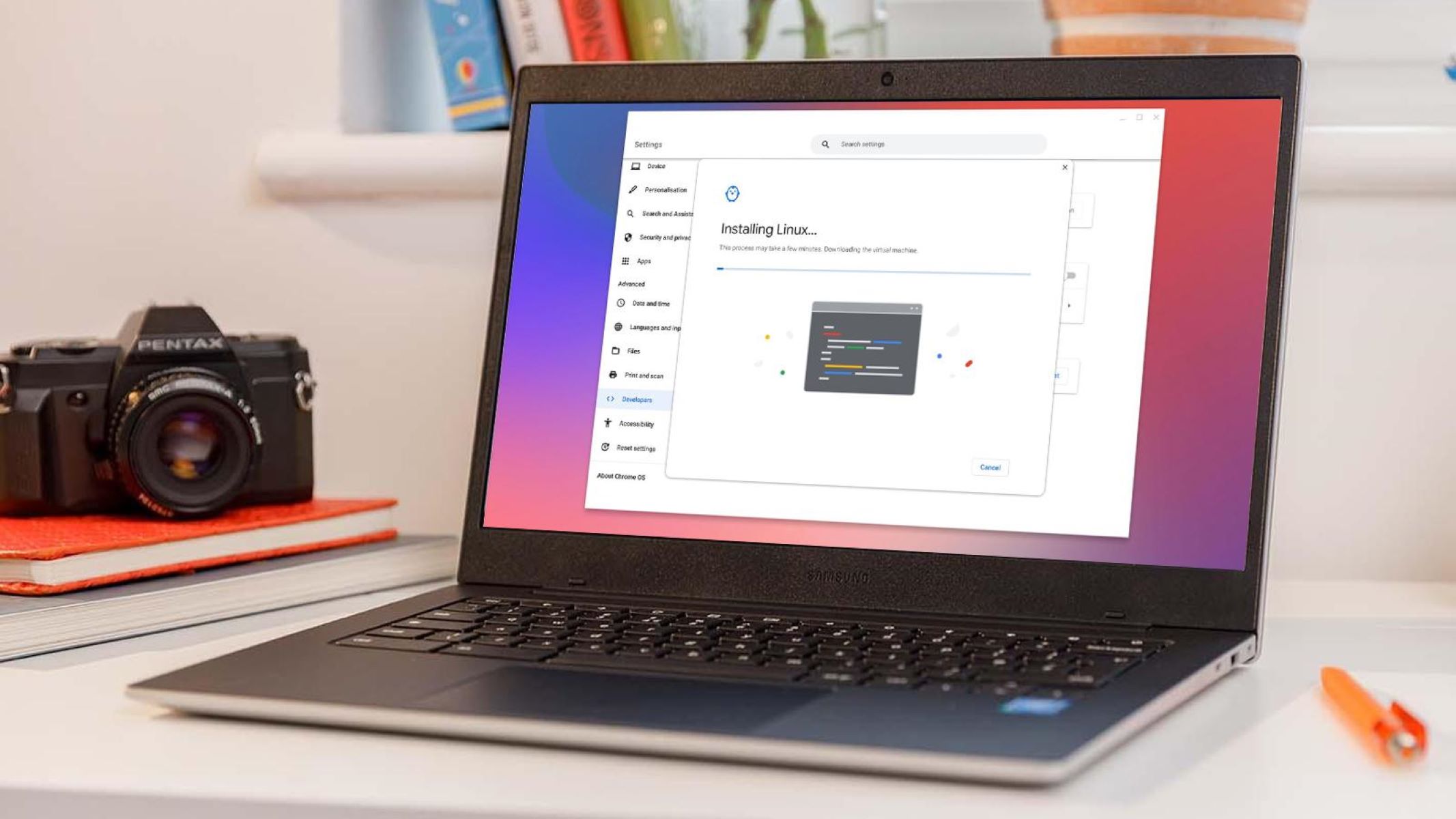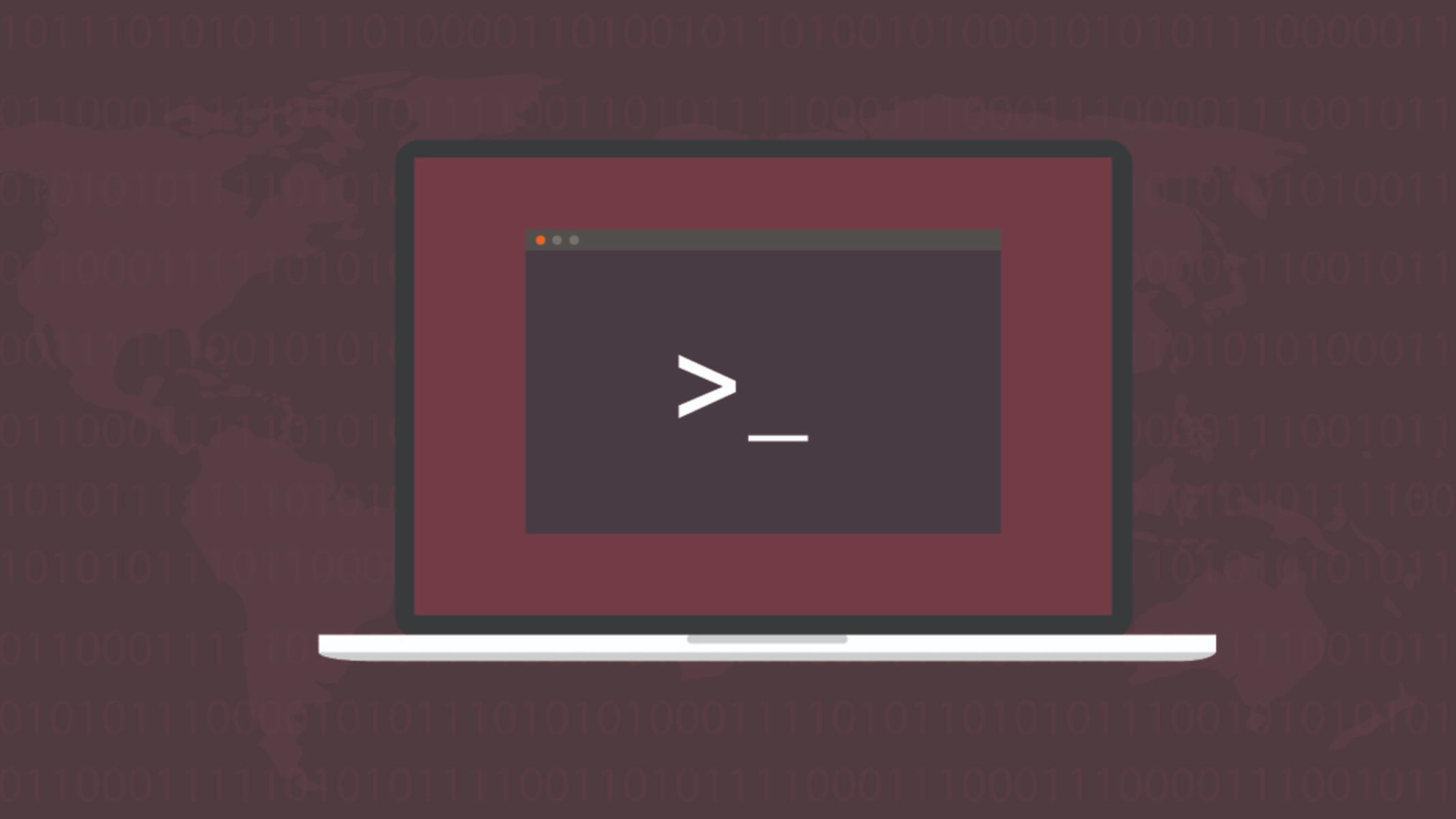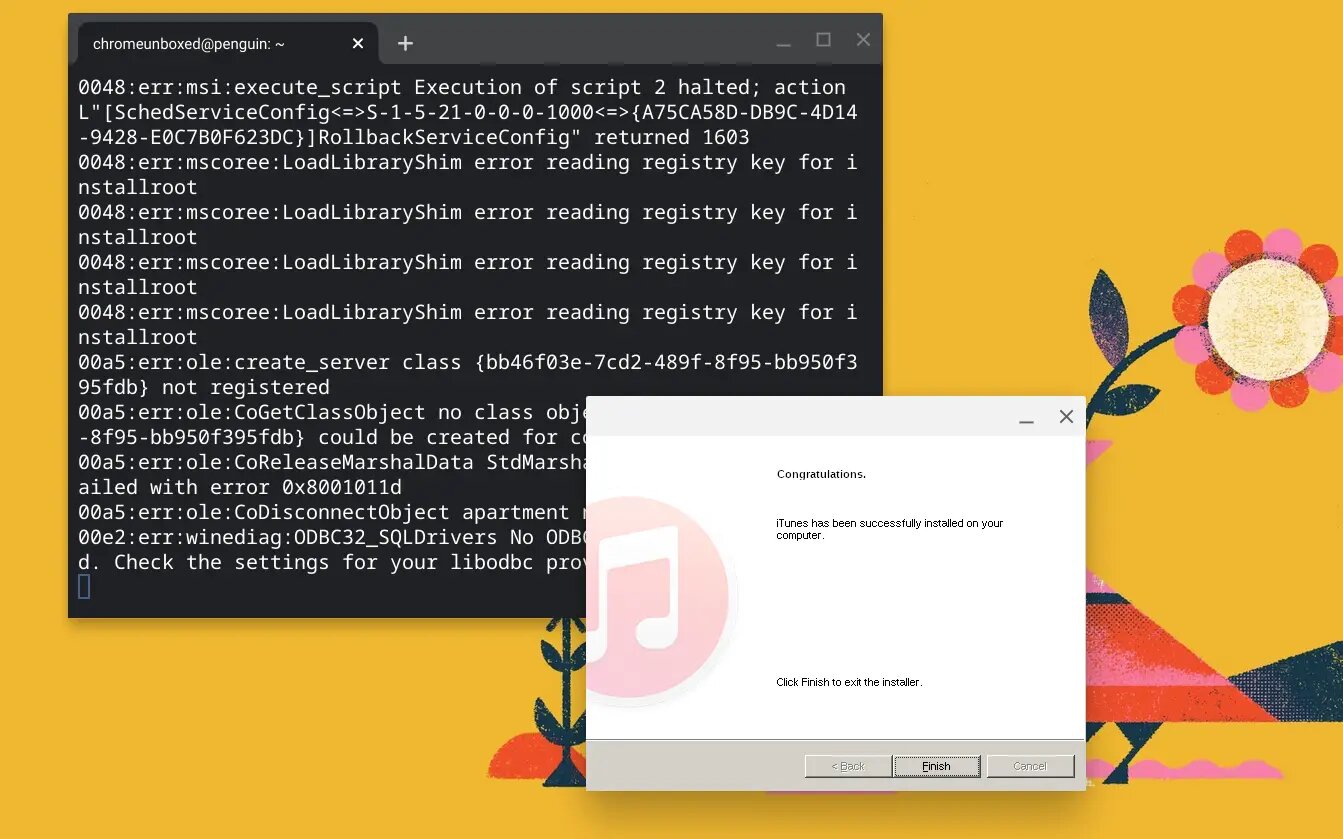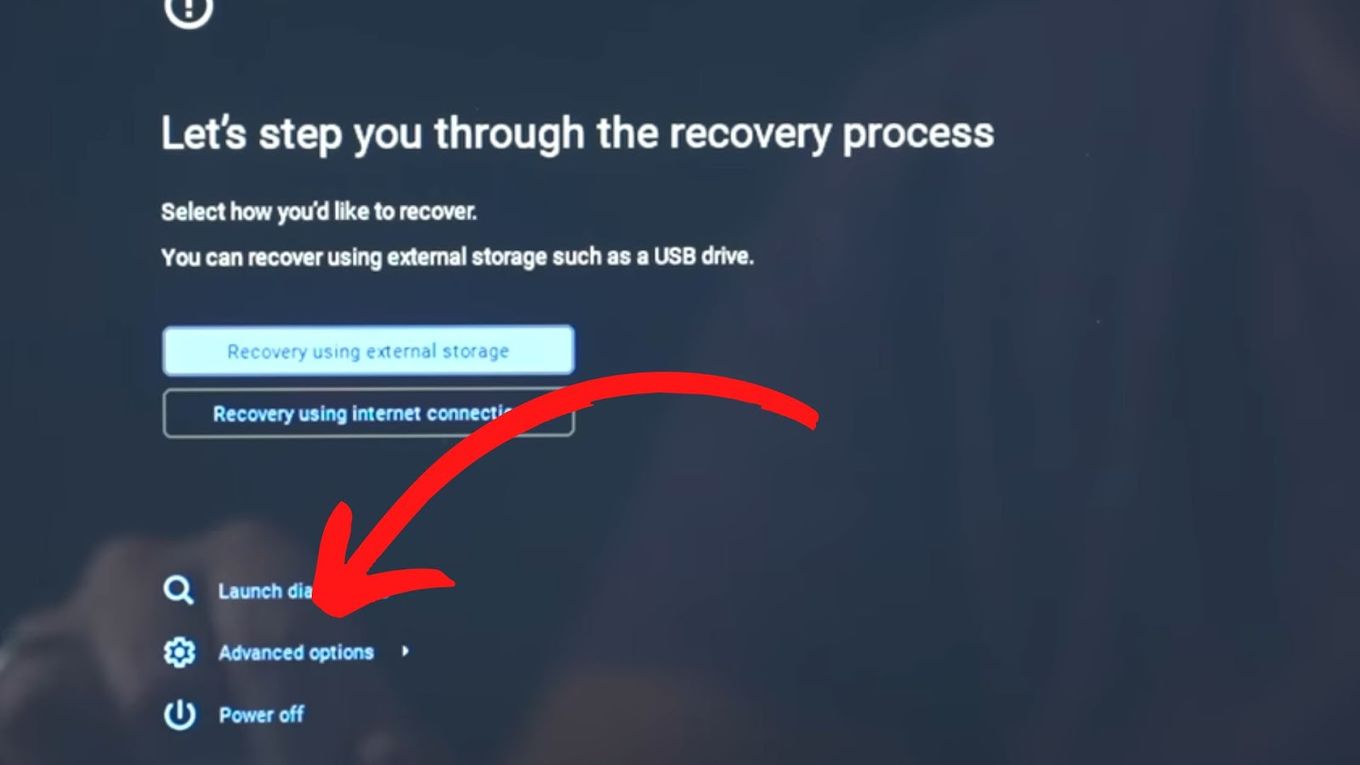Introduction
Chrome OS Developer Mode is a powerful feature that unlocks the full potential of your Chromebook or Chromebox. By enabling Developer Mode, users gain access to advanced system settings and the ability to install alternative operating systems, such as Linux. This mode is designed for developers, enthusiasts, and tech-savvy individuals who want to customize their devices beyond the limitations of standard usage.
Developer Mode provides a gateway to a world of possibilities, allowing users to tinker with their devices, experiment with new software, and push the boundaries of what their Chrome OS devices can do. Whether you're a seasoned developer looking to test your latest creations or a curious user eager to explore the inner workings of your device, Developer Mode offers a playground for innovation and exploration.
In this article, we will delve into the intricacies of Chrome OS Developer Mode, exploring its benefits, the precautions to consider before enabling it, and the step-by-step process of turning it on. By the end of this guide, you will have a comprehensive understanding of Developer Mode and the confidence to unleash its potential on your Chrome OS device. So, let's embark on this journey to uncover the hidden capabilities of Developer Mode and empower ourselves to take full control of our Chrome OS experience.
What is Chrome OS Developer Mode?
Chrome OS Developer Mode is a specialized configuration that allows users to access advanced system settings and gain elevated privileges on their Chromebook or Chromebox devices. Unlike the standard operating mode, Developer Mode provides a more open and customizable environment, catering to developers, enthusiasts, and individuals with a penchant for exploring the technical aspects of their devices.
When a Chrome OS device is in Developer Mode, users can install and run alternative operating systems, such as Linux distributions, alongside Chrome OS. This flexibility opens up a myriad of possibilities, enabling users to experiment with different software environments and expand the capabilities of their devices beyond the constraints of the native operating system.
One of the key features of Developer Mode is the ability to access the Chrome OS command shell, commonly known as the Crosh shell. This command-line interface empowers users to execute advanced commands, troubleshoot issues, and perform system-level tasks that are not accessible in the standard mode. Additionally, Developer Mode allows users to modify system files and settings, providing a level of control that is not available in the regular user mode.
Furthermore, Developer Mode facilitates the installation of third-party applications and extensions that are not vetted by the Chrome Web Store. This freedom to install unofficial software grants users the flexibility to explore a wider range of applications and tools, fostering a more personalized and tailored user experience.
It is important to note that while Developer Mode offers unparalleled flexibility and customization, it also introduces certain risks. By bypassing some of the built-in security features of Chrome OS, Developer Mode may expose the device to potential security vulnerabilities if not used judiciously. Therefore, it is crucial for users to weigh the benefits against the associated risks and exercise caution when operating in Developer Mode.
In essence, Chrome OS Developer Mode serves as a gateway to a world of innovation and exploration, empowering users to push the boundaries of their Chrome OS devices and embark on a journey of technical discovery and customization. Whether you are a developer seeking a versatile platform for software development or an enthusiast eager to unlock the full potential of your device, Developer Mode offers a playground for creativity and experimentation.
Benefits of Turning On Developer Mode
Enabling Developer Mode on a Chrome OS device unlocks a plethora of benefits, catering to developers, tech enthusiasts, and users seeking a more customizable computing experience. Here are the key advantages of turning on Developer Mode:
-
Access to Advanced System Settings: Developer Mode grants users the ability to delve into advanced system settings that are not accessible in the standard operating mode. This includes the option to modify system files, tweak system configurations, and access the Chrome OS command shell, empowering users to perform advanced tasks and customize their devices to a greater extent.
-
Installation of Alternative Operating Systems: One of the most significant benefits of Developer Mode is the ability to install alternative operating systems, such as Linux distributions, alongside Chrome OS. This opens up a world of possibilities, allowing users to explore different software environments and leverage the strengths of multiple operating systems on a single device.
-
Freedom to Install Unofficial Software: Developer Mode provides the flexibility to install third-party applications and extensions that are not available in the Chrome Web Store. This freedom allows users to explore a wider range of software options, including experimental tools and custom applications, enhancing the overall versatility of the device.
-
Enhanced Customization and Personalization: By enabling Developer Mode, users gain the freedom to customize their Chrome OS devices to a greater extent. This includes the ability to modify system files, install custom firmware, and experiment with alternative software configurations, fostering a more personalized computing experience tailored to individual preferences.
-
Platform for Software Development and Testing: Developer Mode serves as an ideal platform for software development, testing, and experimentation. Developers can leverage the open environment to test their applications, run development tools, and explore new programming environments, facilitating a seamless workflow for software creation and testing.
-
Technical Exploration and Learning: For tech enthusiasts and individuals eager to delve into the technical aspects of their devices, Developer Mode offers a gateway to exploration and learning. By gaining access to advanced system settings and command-line interfaces, users can expand their technical knowledge and gain hands-on experience with system-level tasks.
-
Community and Support: Enabling Developer Mode opens the door to a vibrant community of developers, enthusiasts, and users who share a passion for customization and innovation. This community provides a platform for sharing knowledge, seeking assistance, and collaborating on projects, fostering a supportive environment for individuals exploring the capabilities of Developer Mode.
In essence, turning on Developer Mode unleashes a world of possibilities, empowering users to customize, experiment, and innovate with their Chrome OS devices. Whether you are a developer seeking a versatile platform for software development or an enthusiast eager to explore the technical intricacies of your device, Developer Mode offers a playground for creativity and technical exploration.
Precautions Before Turning On Developer Mode
Before embarking on the journey of enabling Developer Mode on your Chrome OS device, it is crucial to consider a few important precautions to ensure a smooth and informed transition. While Developer Mode offers a wealth of customization and exploration opportunities, it also introduces certain risks and considerations that users should be mindful of. Here are the key precautions to take into account before turning on Developer Mode:
1. Data Backup:
Prior to enabling Developer Mode, it is imperative to back up all important data and files stored on the device. Developer Mode involves making significant system-level changes, and there is a risk of data loss during the transition process. By creating a comprehensive backup of your files, documents, and personal data, you can safeguard against potential data loss and ensure that your valuable information is securely preserved.
2. Understanding the Risks:
Developer Mode bypasses certain built-in security features of Chrome OS, potentially exposing the device to security vulnerabilities if not used judiciously. It is essential for users to understand the risks associated with Developer Mode, including the potential for system instability, security vulnerabilities, and the voiding of warranty in some cases. By acknowledging these risks, users can make an informed decision about whether to proceed with enabling Developer Mode based on their individual needs and technical proficiency.
3. Warranty Implications:
Enabling Developer Mode may void the warranty of the Chrome OS device, depending on the manufacturer's policies. Users should carefully review the warranty terms and conditions provided by the device manufacturer to understand the implications of enabling Developer Mode. In some cases, the warranty may be reinstated by restoring the device to its original state, while in other instances, the warranty may be permanently voided. It is important to weigh the potential impact on the warranty before proceeding with Developer Mode activation.
4. Technical Proficiency:
Users considering Developer Mode should possess a basic understanding of system-level tasks, command-line interfaces, and the potential implications of modifying system files. While Developer Mode offers a playground for technical exploration, it also requires a certain level of technical proficiency to navigate the advanced settings and troubleshoot potential issues that may arise. It is advisable for users to familiarize themselves with the basics of system administration and command-line operations before enabling Developer Mode.
5. Research and Community Support:
Before turning on Developer Mode, it is beneficial to conduct thorough research and seek insights from the vibrant community of developers and enthusiasts who have experience with Developer Mode. Engaging with community forums, online resources, and user groups can provide valuable insights, troubleshooting tips, and best practices for navigating Developer Mode effectively. Leveraging the collective knowledge of the community can help users make informed decisions and mitigate potential challenges associated with Developer Mode.
By considering these precautions before turning on Developer Mode, users can approach the activation process with confidence and preparedness. While Developer Mode offers a gateway to customization and exploration, it is essential to weigh the risks and take proactive measures to safeguard data, understand the implications, and equip oneself with the necessary knowledge to make the most of this advanced feature.
How to Turn On Developer Mode
Enabling Developer Mode on a Chrome OS device involves a deliberate process that requires careful consideration and understanding of the implications. Before proceeding with the activation of Developer Mode, it is essential to acknowledge the associated risks and take the necessary precautions, as outlined in the previous section. Once you have assessed the potential impact and are prepared to proceed, the following steps will guide you through the process of turning on Developer Mode:
-
Backup Important Data: Before initiating the transition to Developer Mode, it is crucial to back up all essential data and files stored on the device. This includes documents, photos, and any other valuable information that you want to preserve. By creating a comprehensive backup, you can mitigate the risk of data loss during the transition process.
-
Enter Recovery Mode: To begin the process, you will need to access the Chrome OS recovery mode. This can be achieved by pressing specific key combinations, typically involving the Esc, Refresh, and Power buttons on the device. The exact key combination may vary depending on the Chrome OS device model, so it is advisable to refer to the manufacturer's documentation for the precise instructions.
-
Enable Developer Mode: Once you have entered recovery mode, you will be presented with the option to enable Developer Mode. This step involves confirming your intention to transition to Developer Mode, acknowledging the associated risks, and initiating the process. It is important to note that enabling Developer Mode will initiate a system wipe, erasing all local data on the device. Therefore, it is crucial to ensure that you have backed up your data before proceeding.
-
Follow On-Screen Instructions: After confirming the decision to enable Developer Mode, the device will proceed with the transition process, which may take several minutes to complete. During this time, the device will undergo a system wipe and reconfiguration to enable Developer Mode. It is essential to follow any on-screen instructions provided to ensure a smooth transition.
-
Reboot into Developer Mode: Once the transition process is complete, the device will reboot into Developer Mode. You will be greeted with a warning screen indicating that the device is operating in Developer Mode. From this point onward, you will have access to advanced system settings, the Chrome OS command shell, and the ability to install alternative operating systems, providing a more open and customizable environment for technical exploration and customization.
By following these steps, you can successfully turn on Developer Mode on your Chrome OS device and unlock its full potential for customization and technical exploration. It is important to approach this process with caution, understanding the implications and taking proactive measures to safeguard your data and make informed decisions regarding the activation of Developer Mode.
Conclusion
In conclusion, Chrome OS Developer Mode offers a gateway to a world of innovation, customization, and technical exploration for users seeking to push the boundaries of their Chrome OS devices. By enabling Developer Mode, individuals gain access to advanced system settings, the ability to install alternative operating systems, and a more open and customizable environment that fosters creativity and experimentation.
Throughout this guide, we have explored the intricacies of Developer Mode, delving into its benefits, the precautions to consider before enabling it, and the step-by-step process of turning it on. It is evident that Developer Mode empowers users to customize their devices to a greater extent, experiment with new software environments, and gain hands-on experience with system-level tasks.
The benefits of turning on Developer Mode are substantial, catering to developers, tech enthusiasts, and users seeking a more personalized computing experience. From accessing advanced system settings to installing alternative operating systems and exploring a vibrant community of like-minded individuals, Developer Mode offers a playground for innovation and technical exploration.
However, it is essential for users to approach Developer Mode with caution, understanding the associated risks and taking proactive measures to safeguard their data and make informed decisions. By considering the precautions outlined in this guide, users can navigate Developer Mode effectively and mitigate potential challenges associated with the transition process.
In essence, Developer Mode represents a realm of endless possibilities, where users can unleash their creativity, experiment with new software configurations, and embark on a journey of technical discovery. Whether you are a seasoned developer, a curious enthusiast, or an individual eager to explore the capabilities of your Chrome OS device, Developer Mode invites you to push the boundaries and unlock the full potential of your device.
As you embark on your journey with Developer Mode, may this guide serve as a valuable resource, empowering you to make informed decisions, navigate the activation process with confidence, and leverage the full capabilities of Developer Mode to customize, innovate, and explore the endless possibilities that await within the realm of Chrome OS.







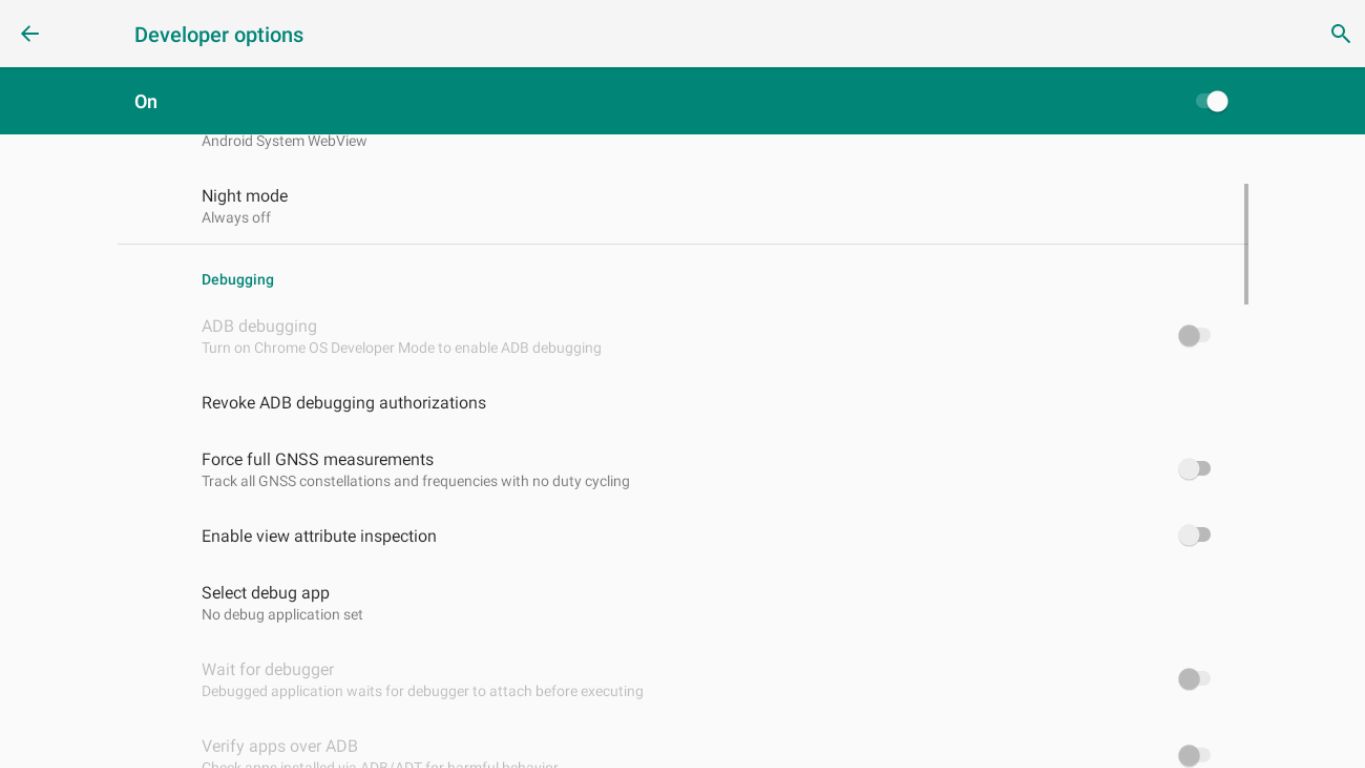

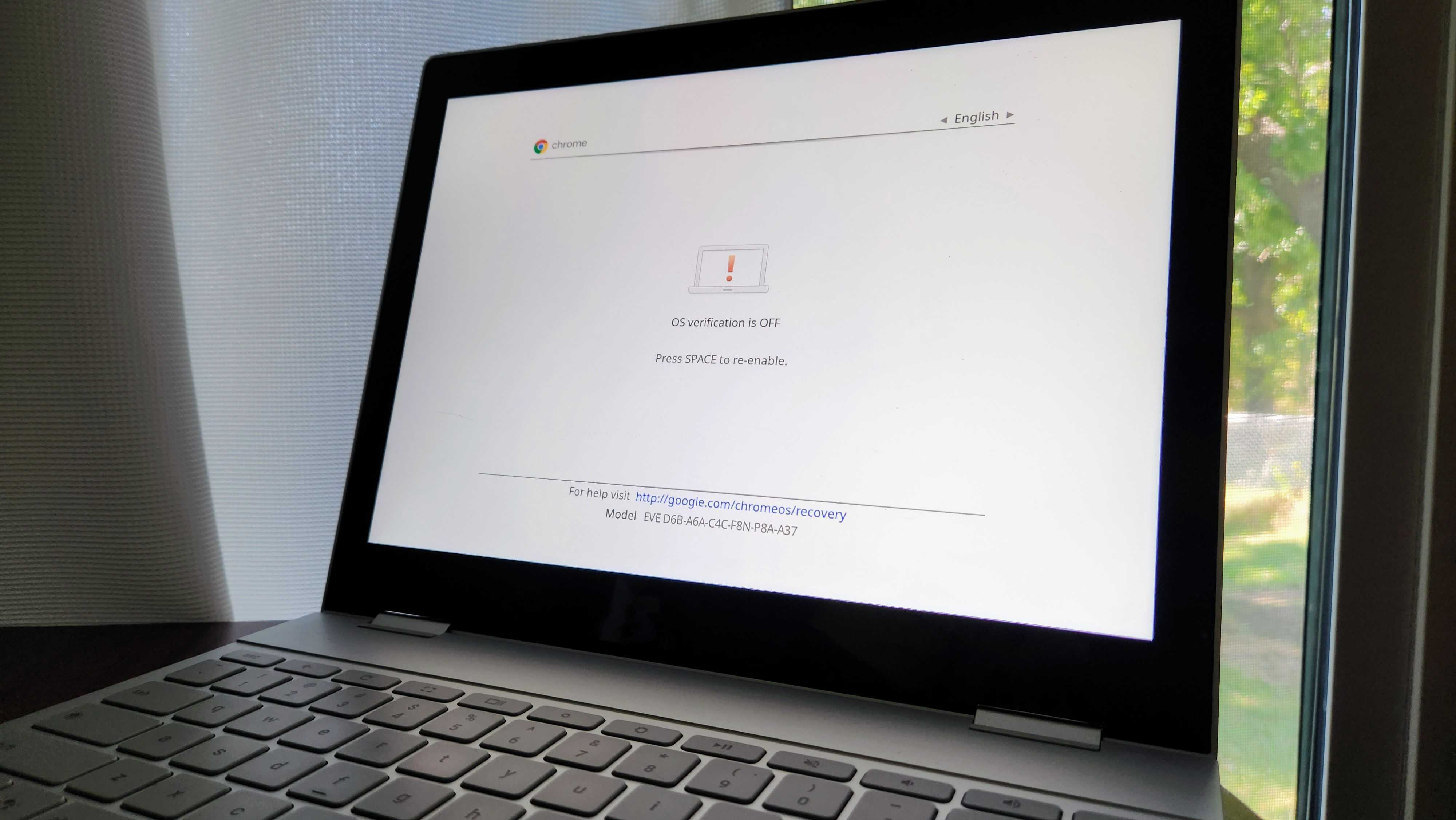
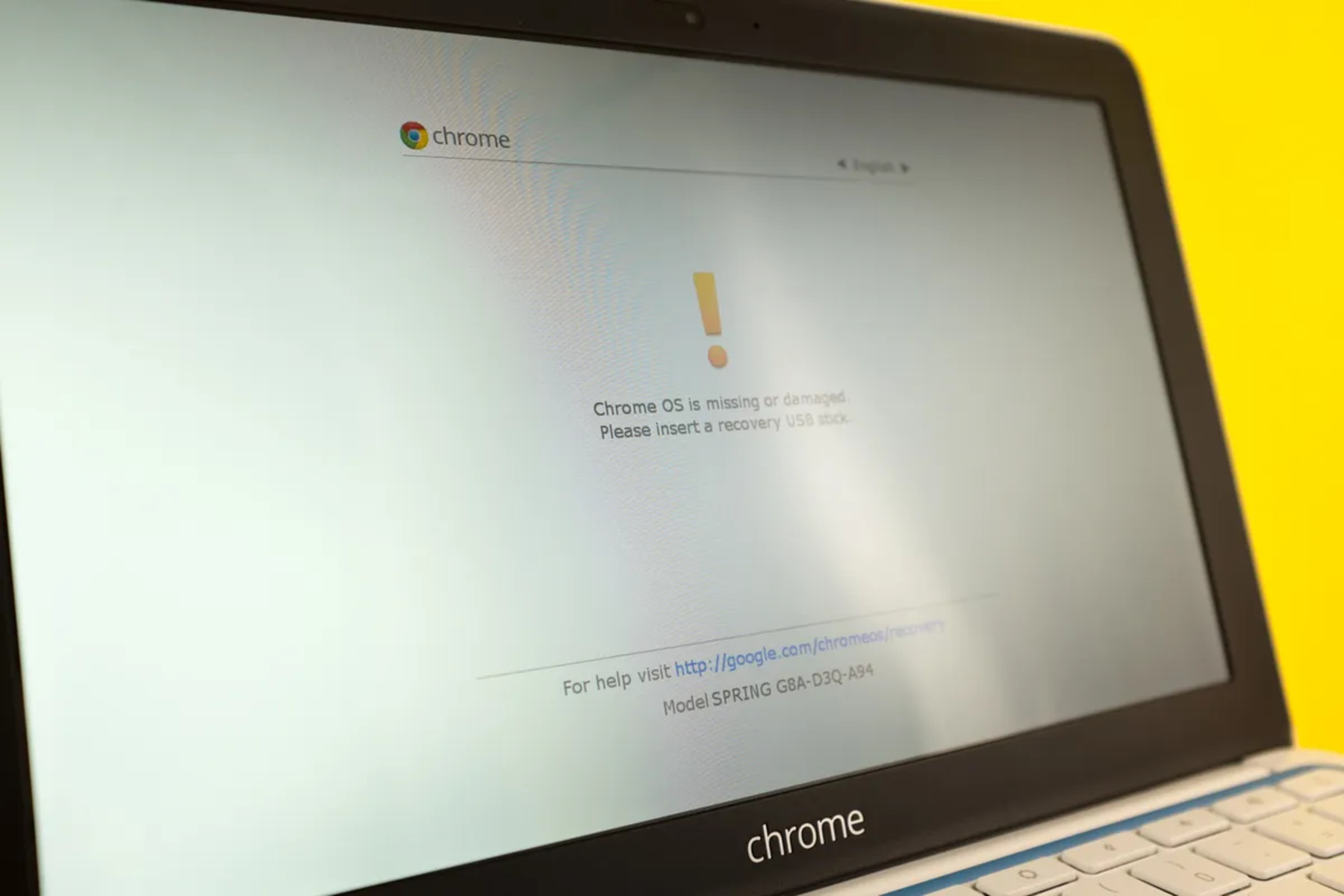
![How to Turn On Developer Mode on Chromebook [Step-by-step Guide]](https://robots.net/wp-content/uploads/2020/09/chrome-os-developer-mode-1-300x200.jpg)
